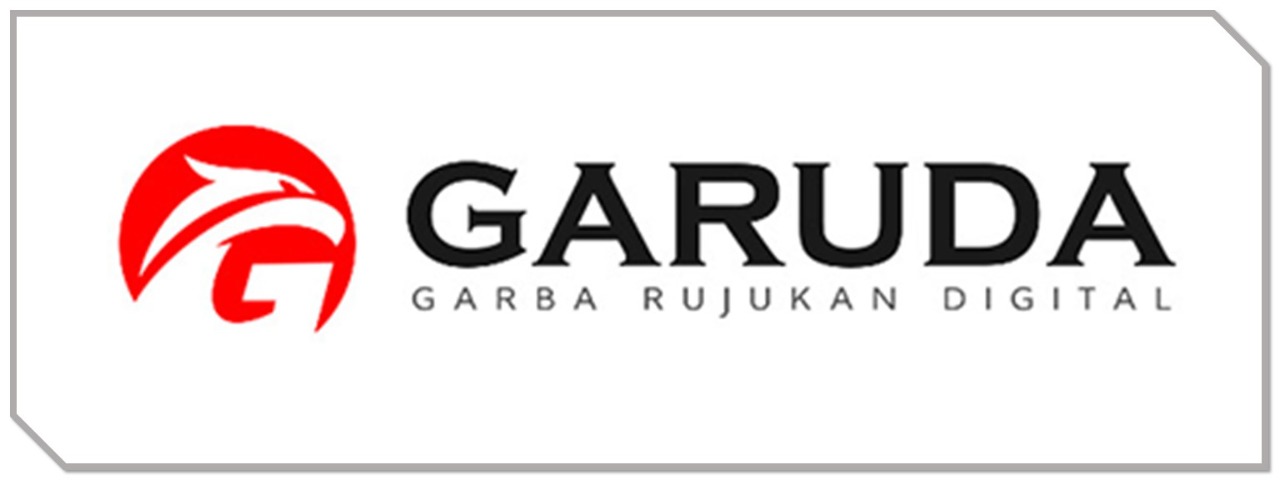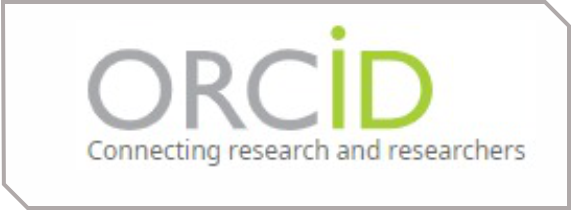Pengembangan Media Pembelajaran Bahasa Arab Berbasis Kartu UNO Siswa Madrasah Tsanawiyah Opu Daeng Risaju Palopo
DOI:
https://doi.org/10.59841/miftahulilmi.v2i2.103Keywords:
Arabic language, Learning media, Madrasah Tsanawiyah, Media development, UNO cardsAbstract
This study addresses the development of Uno card-based learning media to support vocabulary acquisition among eighth-grade students. It focuses on two main issues: the effectiveness of the media in enhancing vocabulary comprehension and the challenges encountered during its development, particularly in relation to learning motivation. The primary goal is to evaluate the extent to which this media aids vocabulary learning and to identify any obstacles in the development process. The research follows the ADDIE model—Analysis, Design, Development, Implementation, and Evaluation. To ensure the validity of the learning media, expert validation was conducted by media, content, and educational professionals. Additionally, student questionnaires were distributed to assess the media’s effectiveness. The validation results showed that the content expert gave a score of 83%, the media expert 81%, and student responses reached 88%, indicating strong acceptance and usability. The effectiveness of the media was further supported by the pre-test and post-test results, with a Normalized Gain score of 61.01%, categorized as "effective." These findings suggest that Uno card-based media is both a valid and effective tool for vocabulary instruction in Arabic language learning at the junior high school level.
References
Abdul Rahman, R., et al. (2024). Solusi al-isrāf dalam al-Qur’an. Jurnal Al-Mubarak: Jurnal Kajian Al-Qur'an dan Tafsir, 9(1), 11–25.
Alpian, Y., & Mulyani, R. (2020). [Judul artikel tidak disebutkan]. Jurnal Cakrawala Pendas, 6(1), 40–47.
Anding, M. F., Saud, S., & Rijal, S. (2021). Peningkatan kosakata bahasa Jerman melalui penggunaan media cerita pendek. Interference: Journal of Language, Literature, and Linguistics, 2(1), 57–63. http://103.76.50.195/INTERFERENCE/article/view/20128
Bin Manzur, M. I. (1119 H). Lisān al-ʿArab (Vol. 6). Kairo: Dār al-Maʿārif.
Khansa, H. Q. (2016). Strategi pembelajaran bahasa Arab. Prosiding Konferensi Nasional Bahasa Arab, 53–62. http://prosiding.arab-um.com/index.php/konasbara
Muradi, A. (2013). Tujuan pembelajaran bahasa asing (Arab) di Indonesia. Al-Maqayis, 1(1), 128–137.
Nasution, et al. (n.d.). Variasi individual dalam pendidikan.
Rohman, M. A., & Mutmainah, S. (2015). Pengembangan media permainan monopoli dalam pelajaran seni budaya dan keterampilan kelas VI SDN Tanamera I. Jurnal Pendidikan Seni Rupa, 3(1), 47–56.
Suroyyah, Z. (2020). Penggunaan kartu UNO dalam pembelajaran bahasa Arab materi tarakib untuk meningkatkan hasil belajar siswa: Penelitian di Madrasah Aliyah Fauzaniyyah Garut [Skripsi, UIN Sunan Gunung Djati Bandung].
W, F. D. (2013). The importance of knowing student learning styles in classroom learning activities. Erudio Journal of Educational Innovation, 2(1).
Wahyuningsih, Y. (2017). Pengembangan aplikasi test online dengan menggunakan framework CodeIgniter di SMK Darul Ma’wa Plumpang pada mata pelajaran jaringan dasar kelas X. IT-Edu, 2(2), 36–46.
قاموس المعاني العربي. (2014).

















